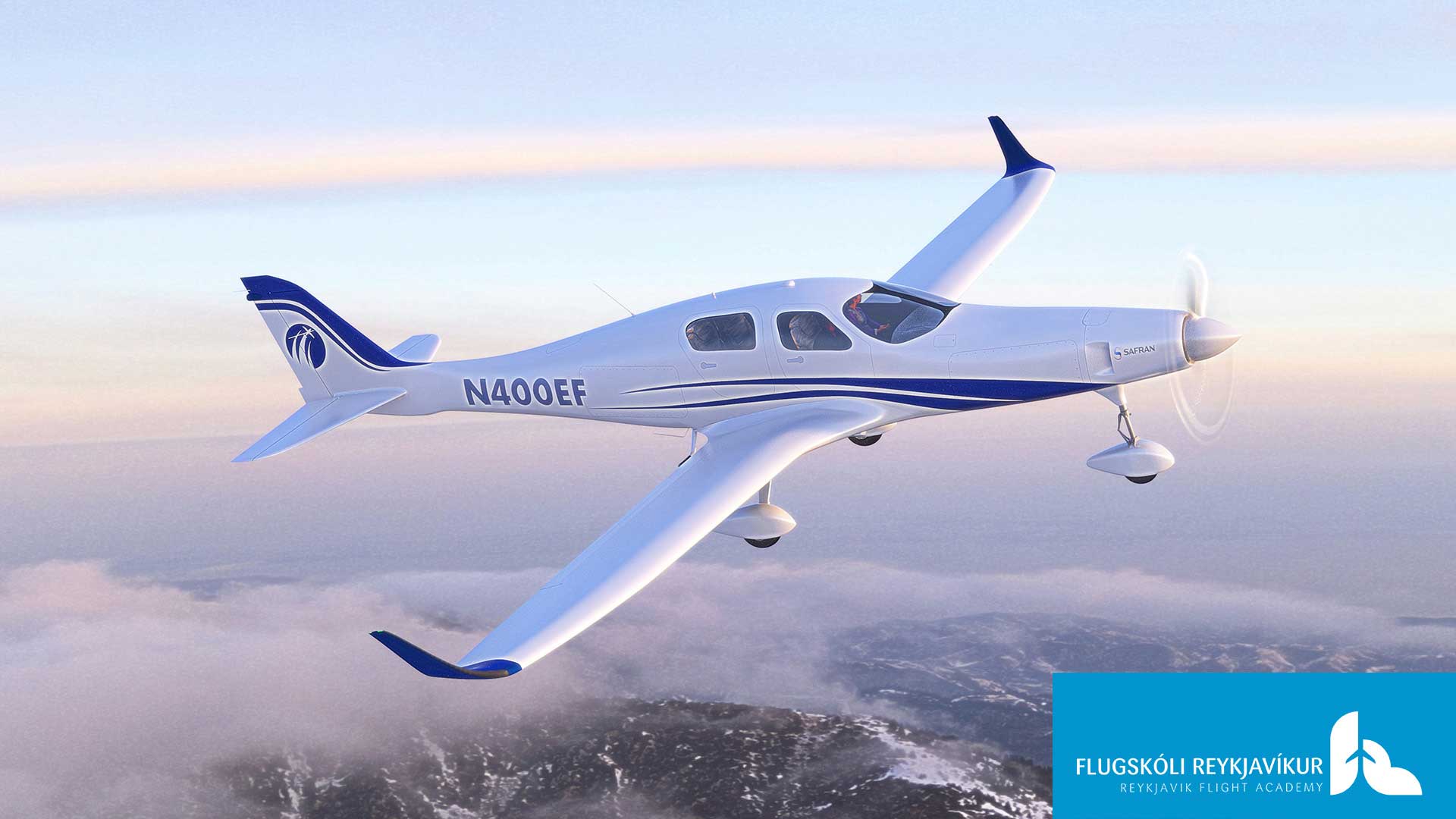 Reykjavik Flight Academy has ordered three all-electric Bye Aerospace eFlyer training aircraft. The aircraft are two eFlyer 2, which is a two-seat primary training aircraft, and one eFlyer 4, a four-seater advanced training aircraft.
Reykjavik Flight Academy has ordered three all-electric Bye Aerospace eFlyer training aircraft. The aircraft are two eFlyer 2, which is a two-seat primary training aircraft, and one eFlyer 4, a four-seater advanced training aircraft.
In addition, an agreement is under negotiation for the option to purchase two additional eFlyer aircraft, which will be announced in the future.
Until now, the limited flight endurance – generally one hour – of electric aircraft has been the main bottleneck in their uptake in the general aviation market. However, Bye Aerospace says its aircraft have three hours of flight endurance including reserves.
Depending upon the aircraft and certification completion, estimated delivery will be after two to three years.
The use of electric aircraft for training has several benefits. Electric motors can deliver a relatively high power output and the eFlyer 2 will deliver 150hp/110kW which is about 40-50% more than an equivalent class of combustion engine with no density altitude losses.
The biggest difference is replacing fossil fuels with electricity, which results in significant savings in operating costs, estimated to be only about one-fifth of the operation cost of comparable conventional aircraft that use aviation gasoline fuels.
The environmental impact is positive, as the carbon footprint of the new training aircraft will be negligible and the noise impact will be almost undetectable.

Hjorvar Hans Bragason, principal of Reykjavik Flight Academy
Hjorvar Hans Bragason, principal of Reykjavik Flight Academy, said, “Investment in electric aircraft for training is a major step, both in the history of aviation in Iceland in general and as part of environmental initiatives that are currently taking place.
“With the new aircraft, Reykjavik Flight Academy will be a leader in its field and will proudly be able to offer first-class equipment for training and instruction. Increased safety, lower costs and more environmentally friendly options will be a guiding principle in our service to the pilots of the future.”
